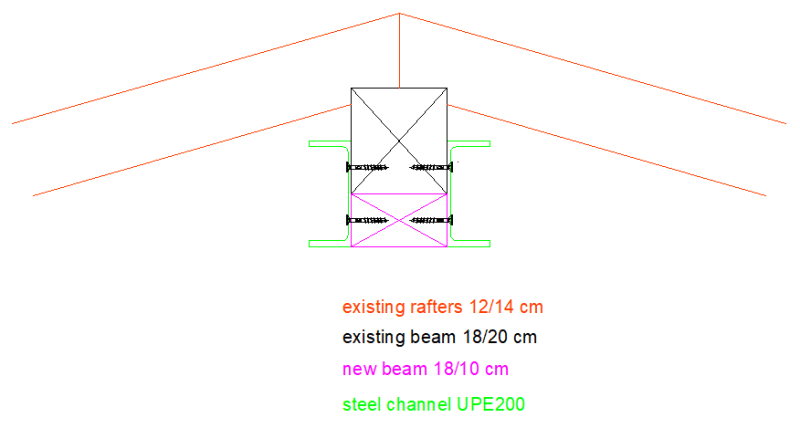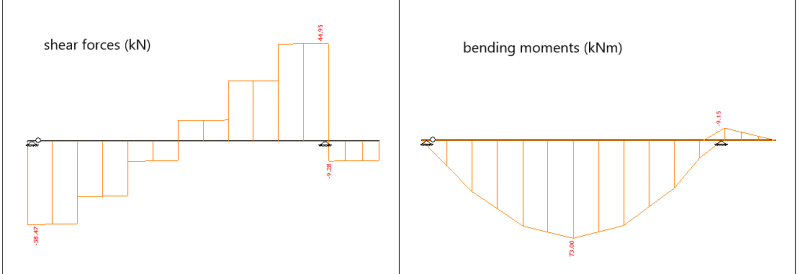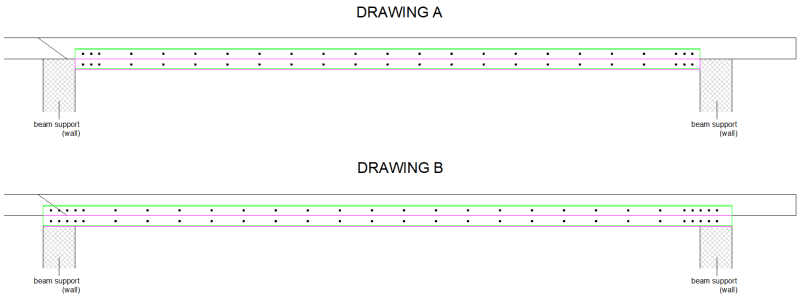mats12
Geotechnical
- Dec 17, 2016
- 181
Hello,
The existing timber roof beam in 18/20 cm - the span is 6 m.
The existing beam will be reinforced with additional timber beam beneath and steel channels as shown in the attached image.


Question: can reinforcing elements start/end at the face of the support (drawing A) or it should continue on top of the support (drawing B)?
Regarding bending moments I think the drawing A is sufficient but I'm not so sure about shear forces near the support.
Is there a way to solve this without removing parts of the existing wall - supports?

The existing timber roof beam in 18/20 cm - the span is 6 m.
The existing beam will be reinforced with additional timber beam beneath and steel channels as shown in the attached image.


Question: can reinforcing elements start/end at the face of the support (drawing A) or it should continue on top of the support (drawing B)?
Regarding bending moments I think the drawing A is sufficient but I'm not so sure about shear forces near the support.
Is there a way to solve this without removing parts of the existing wall - supports?

